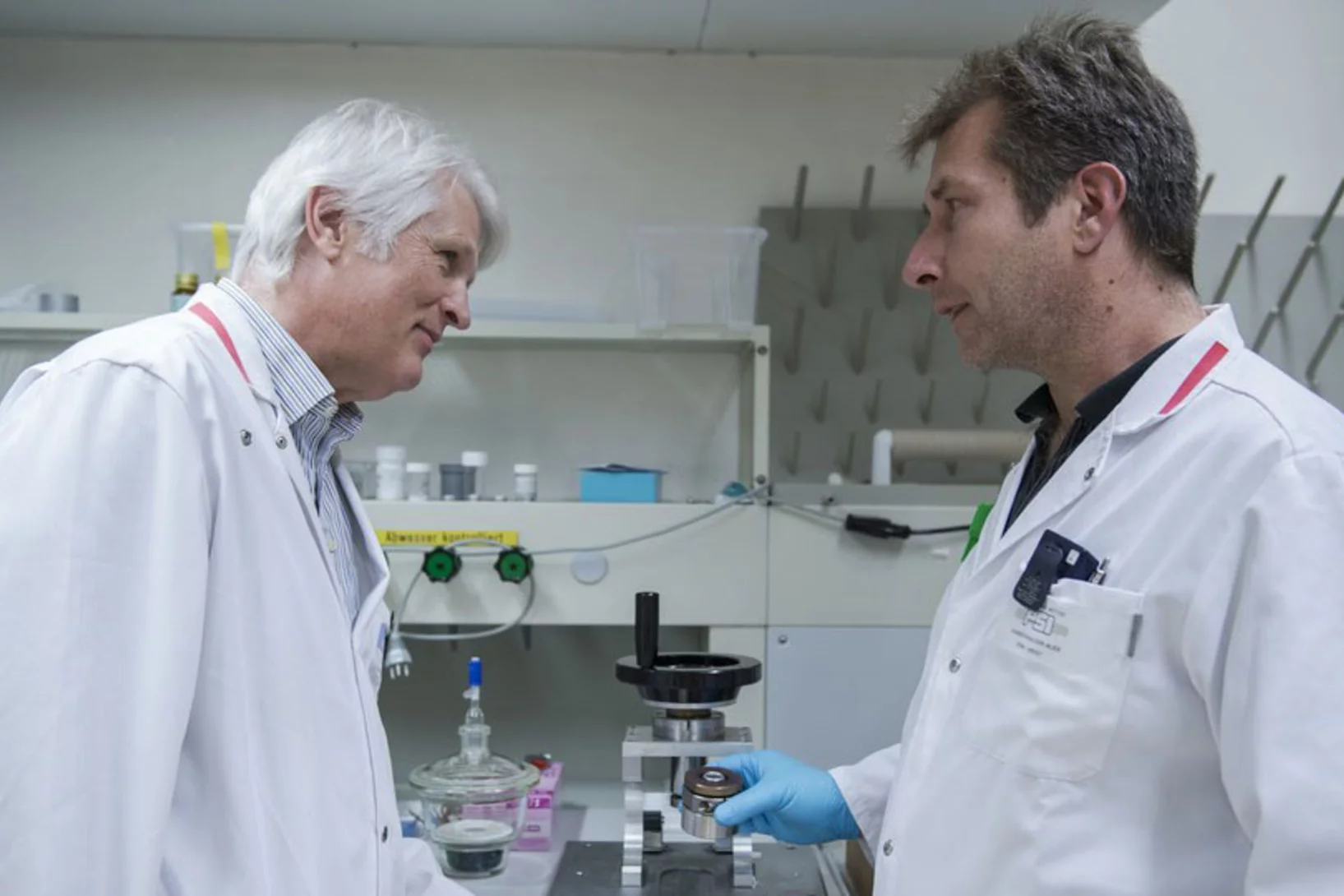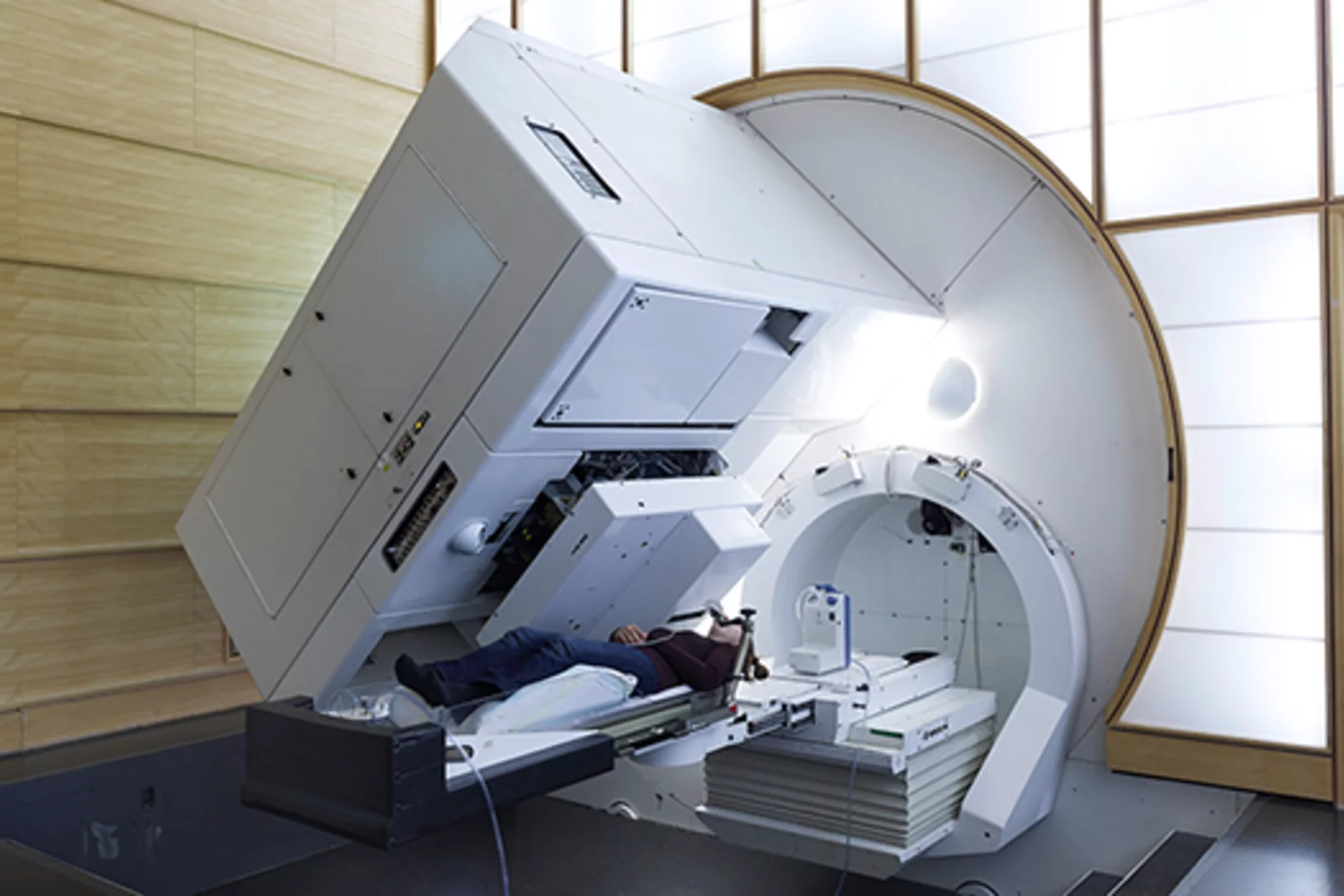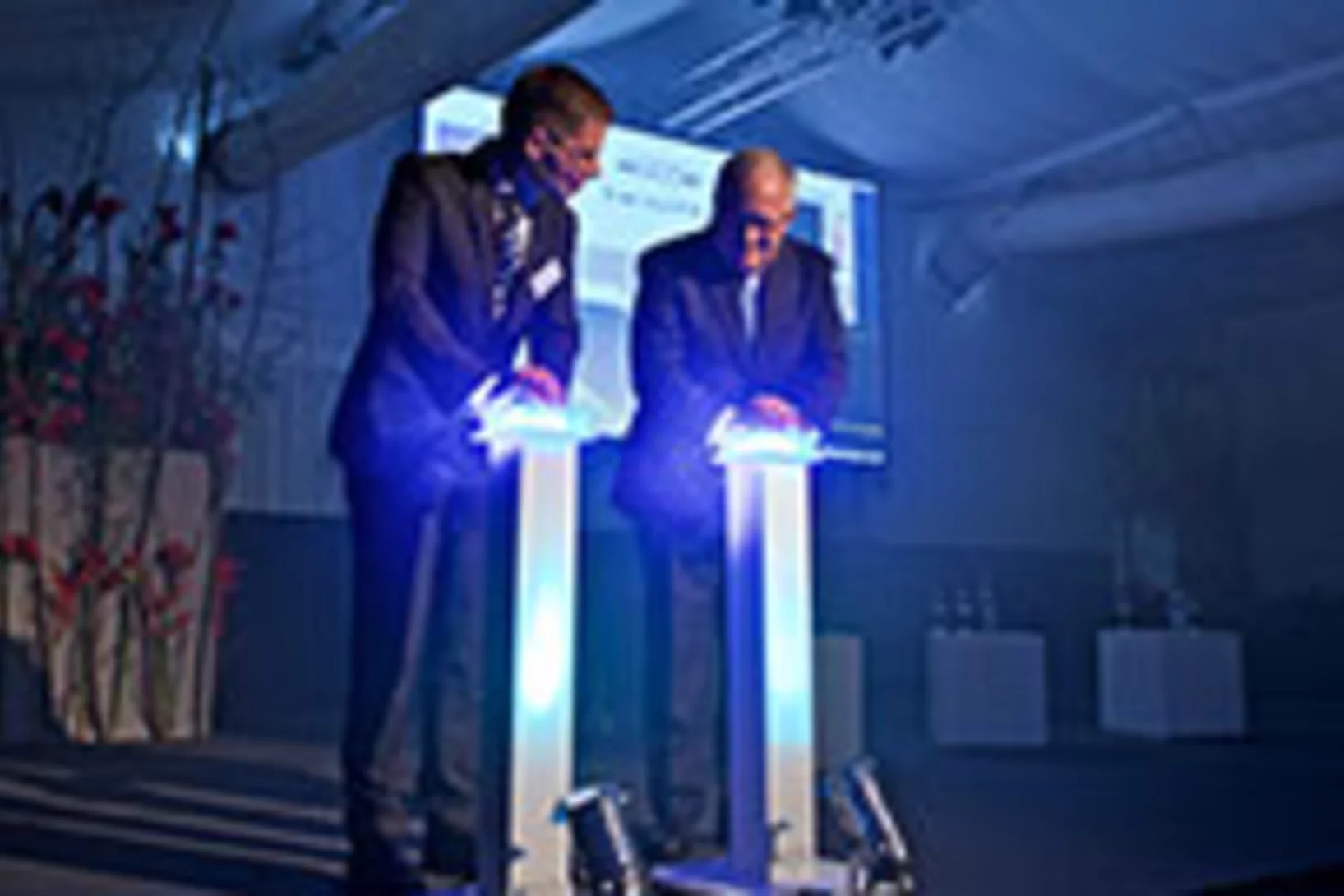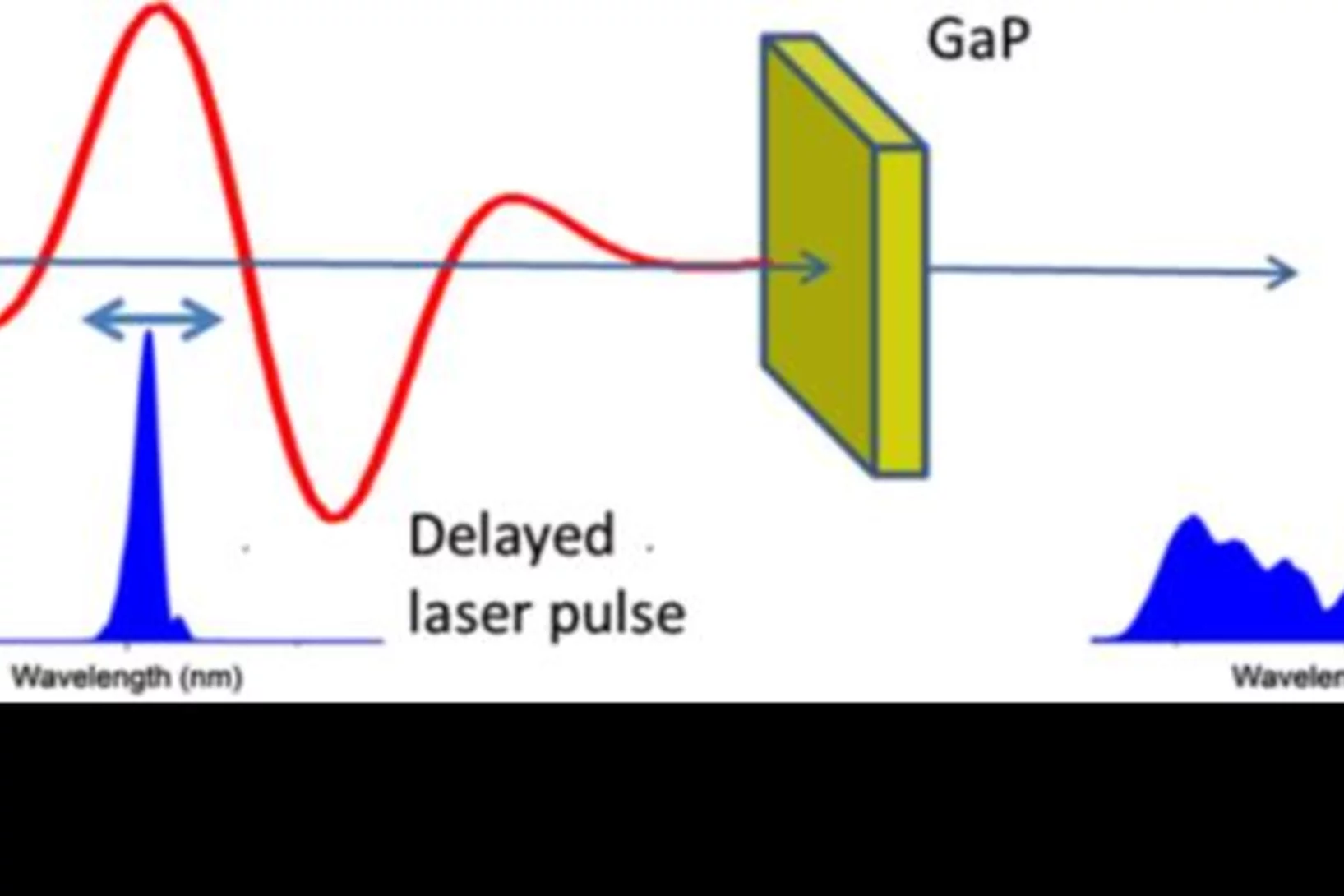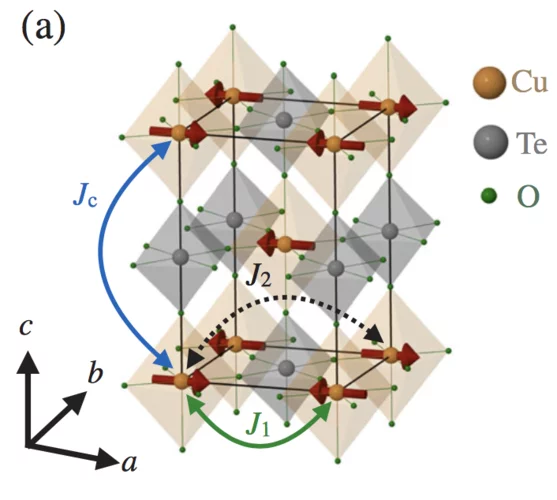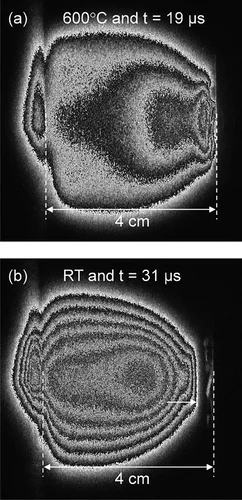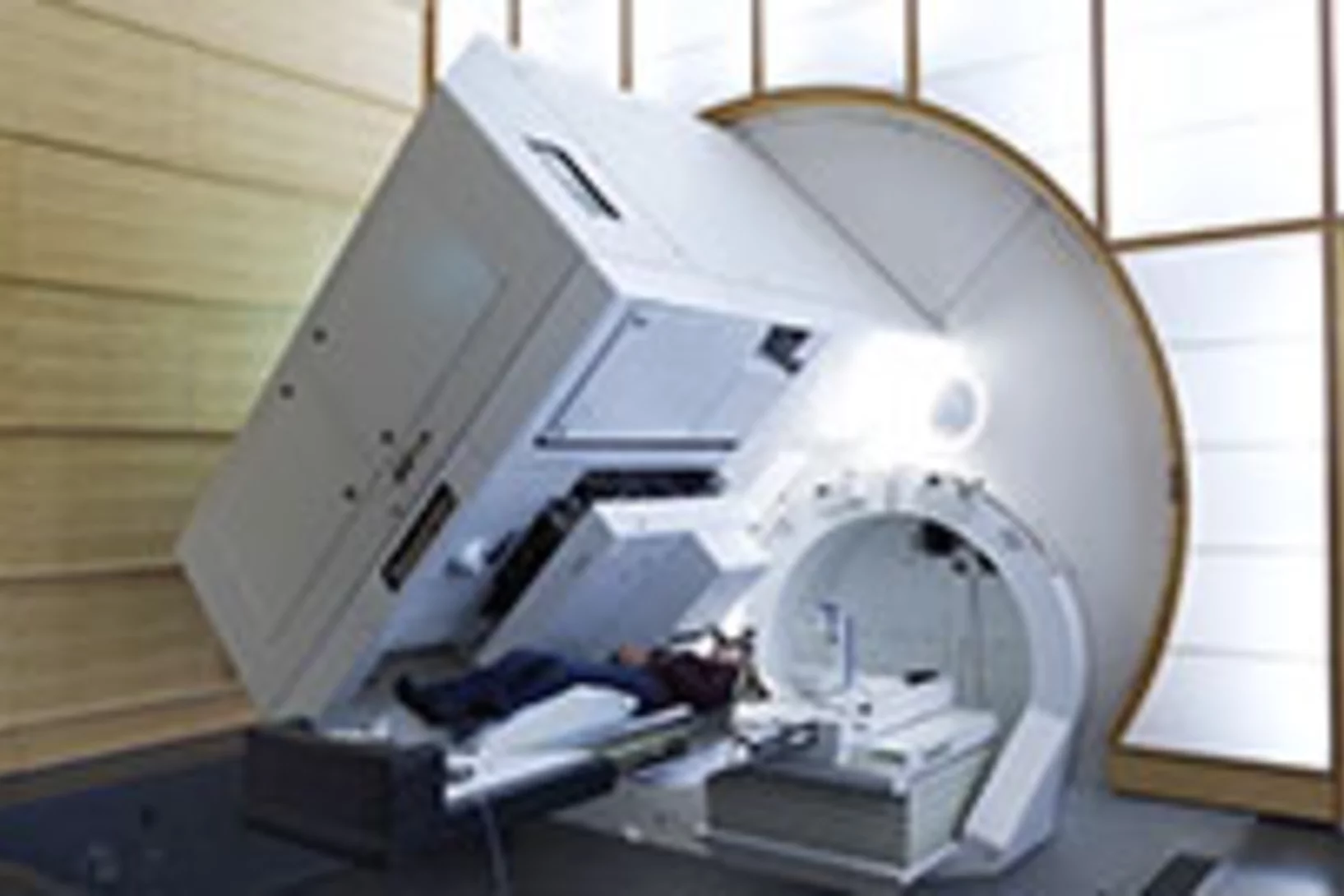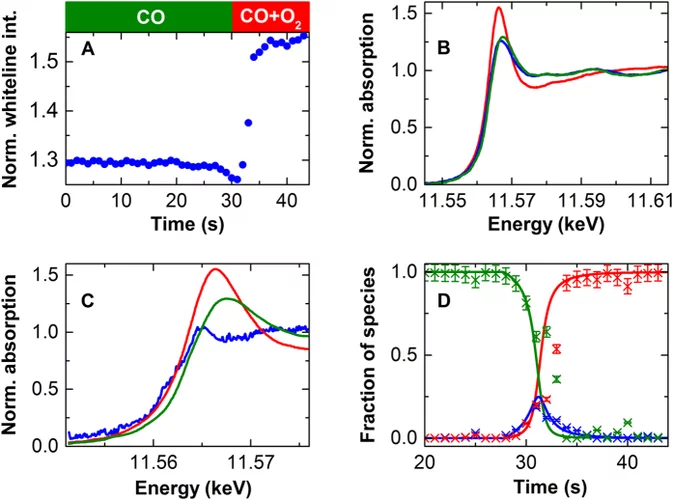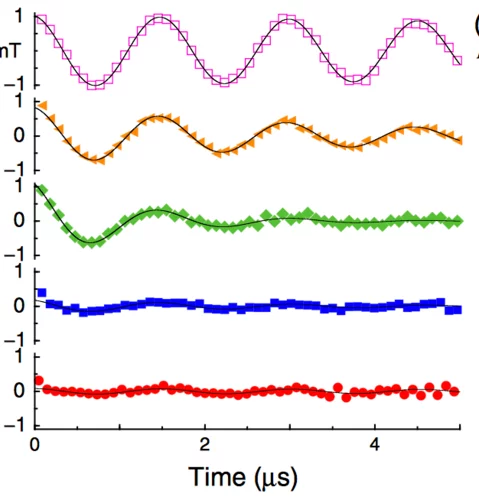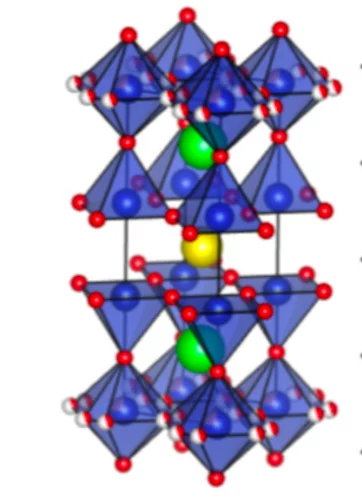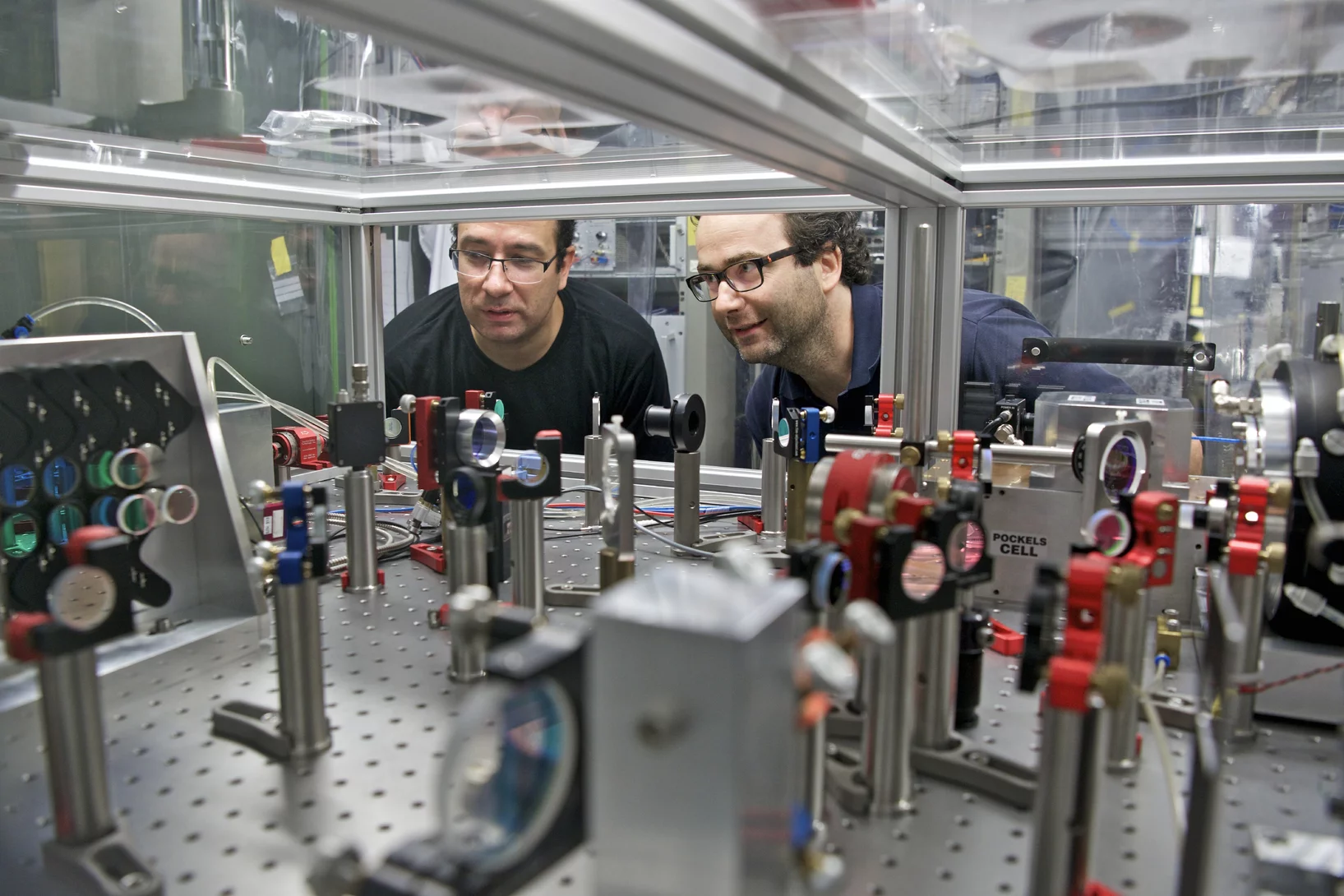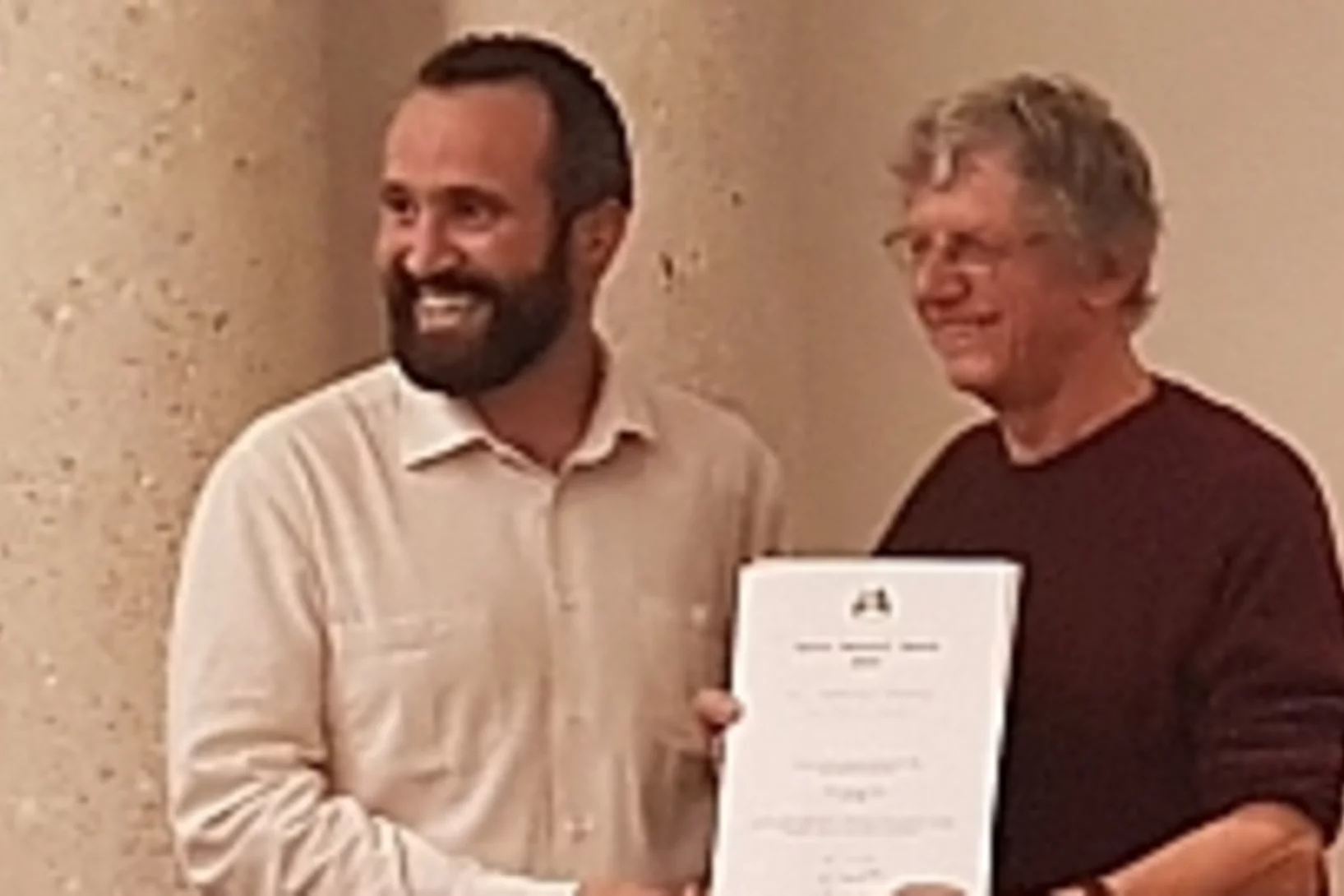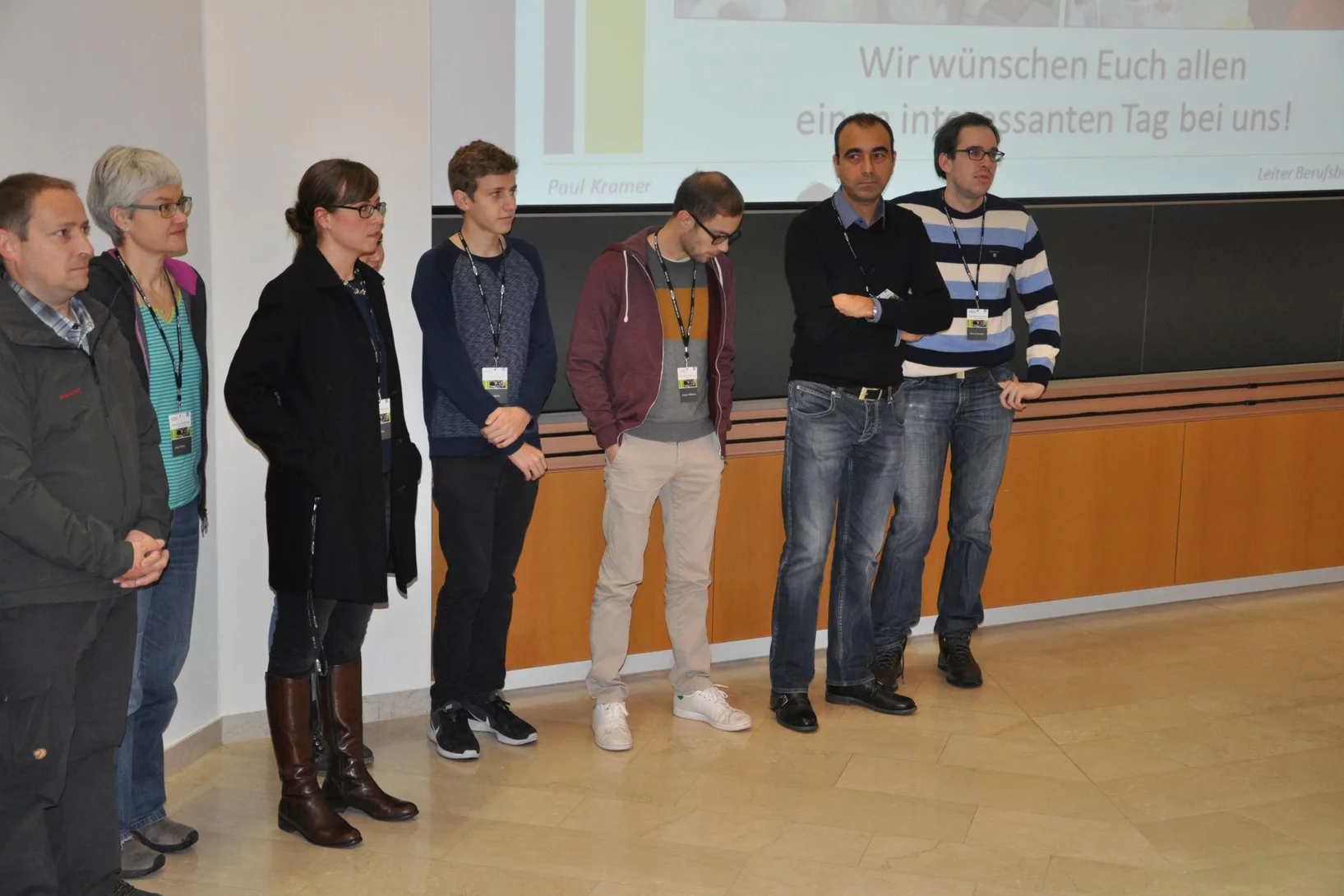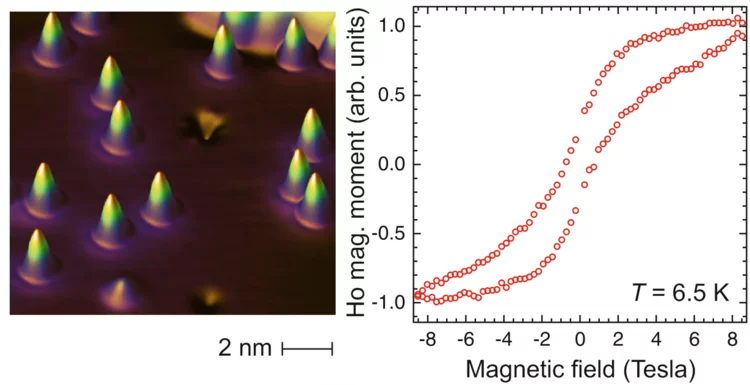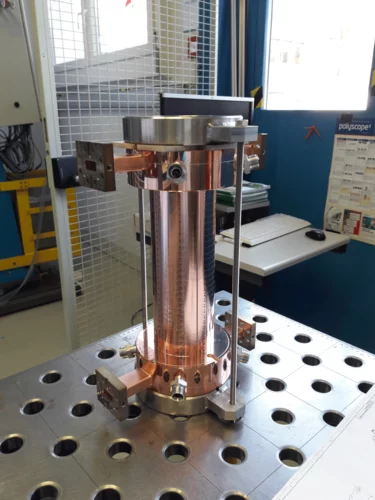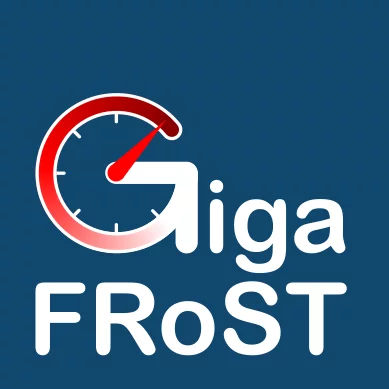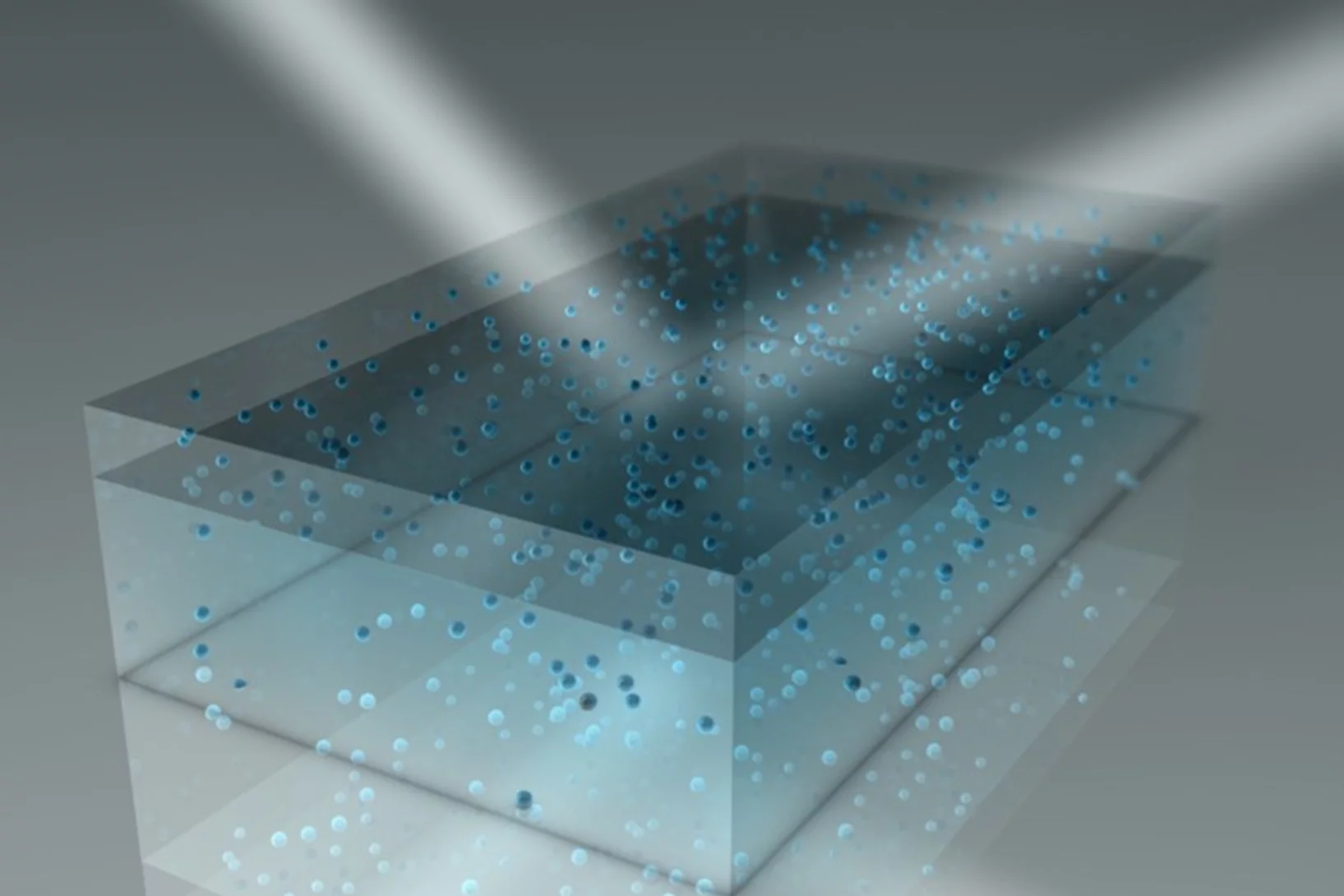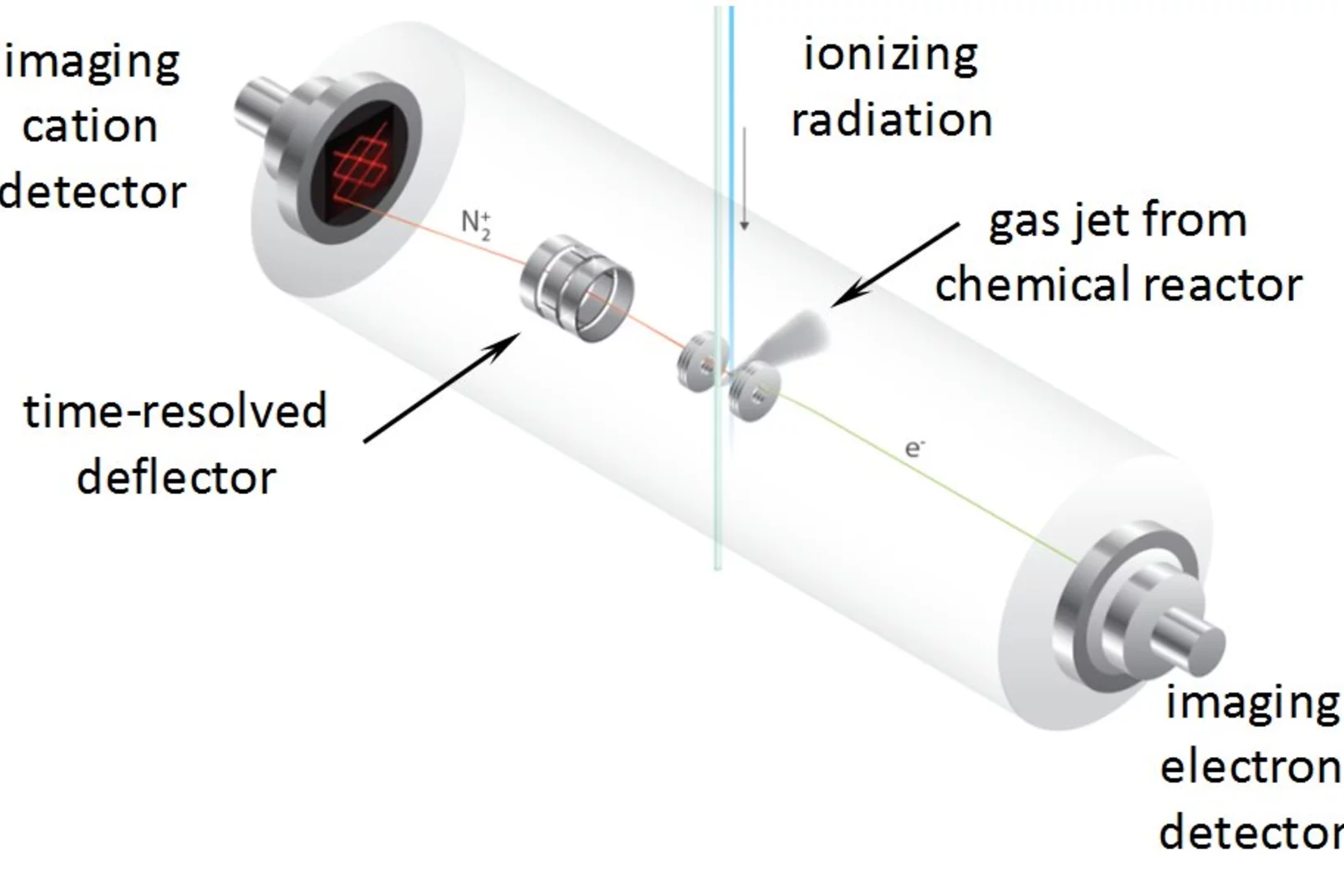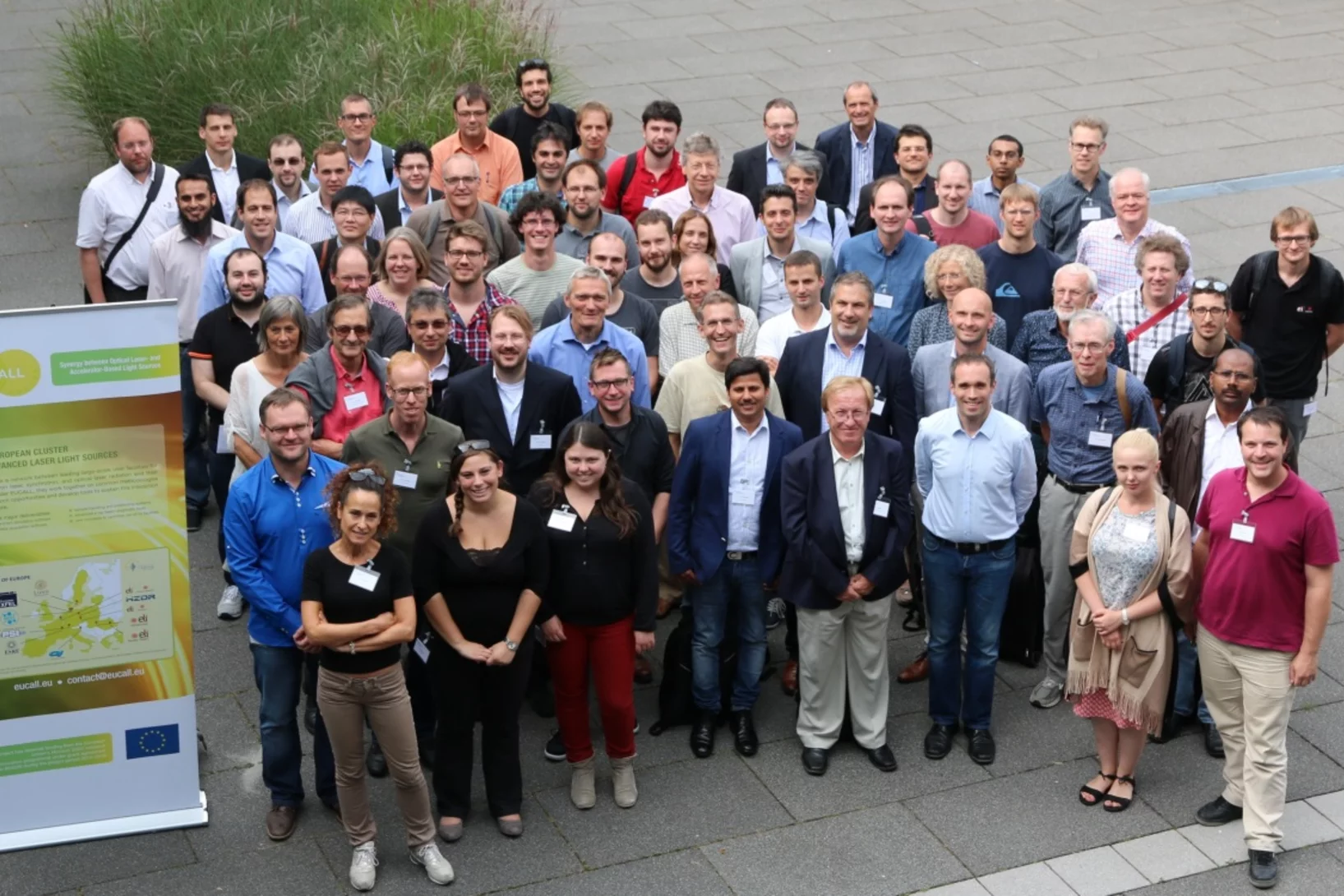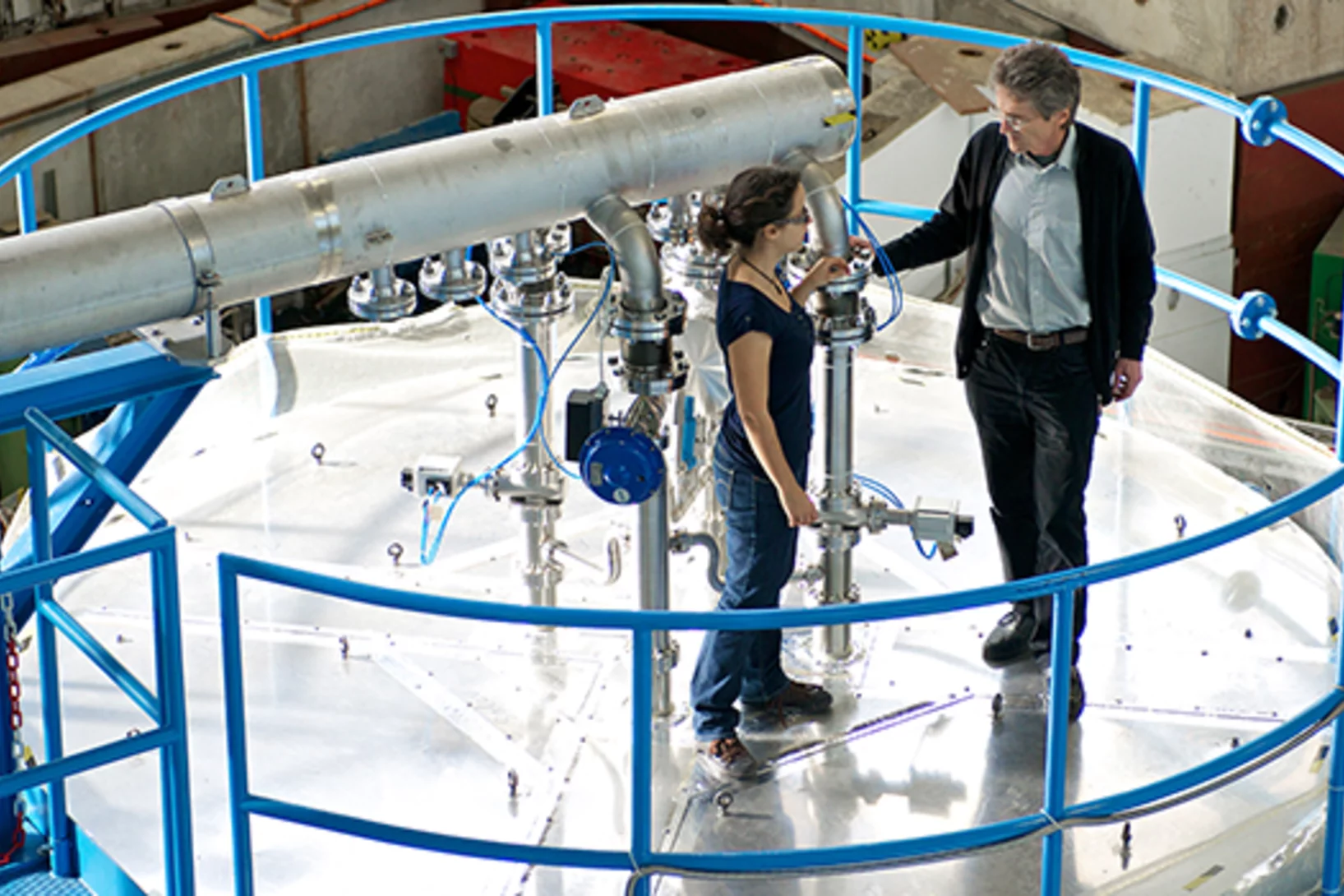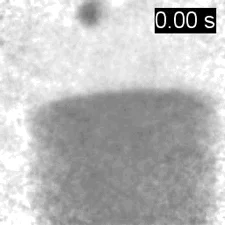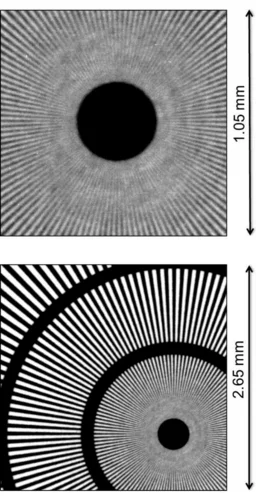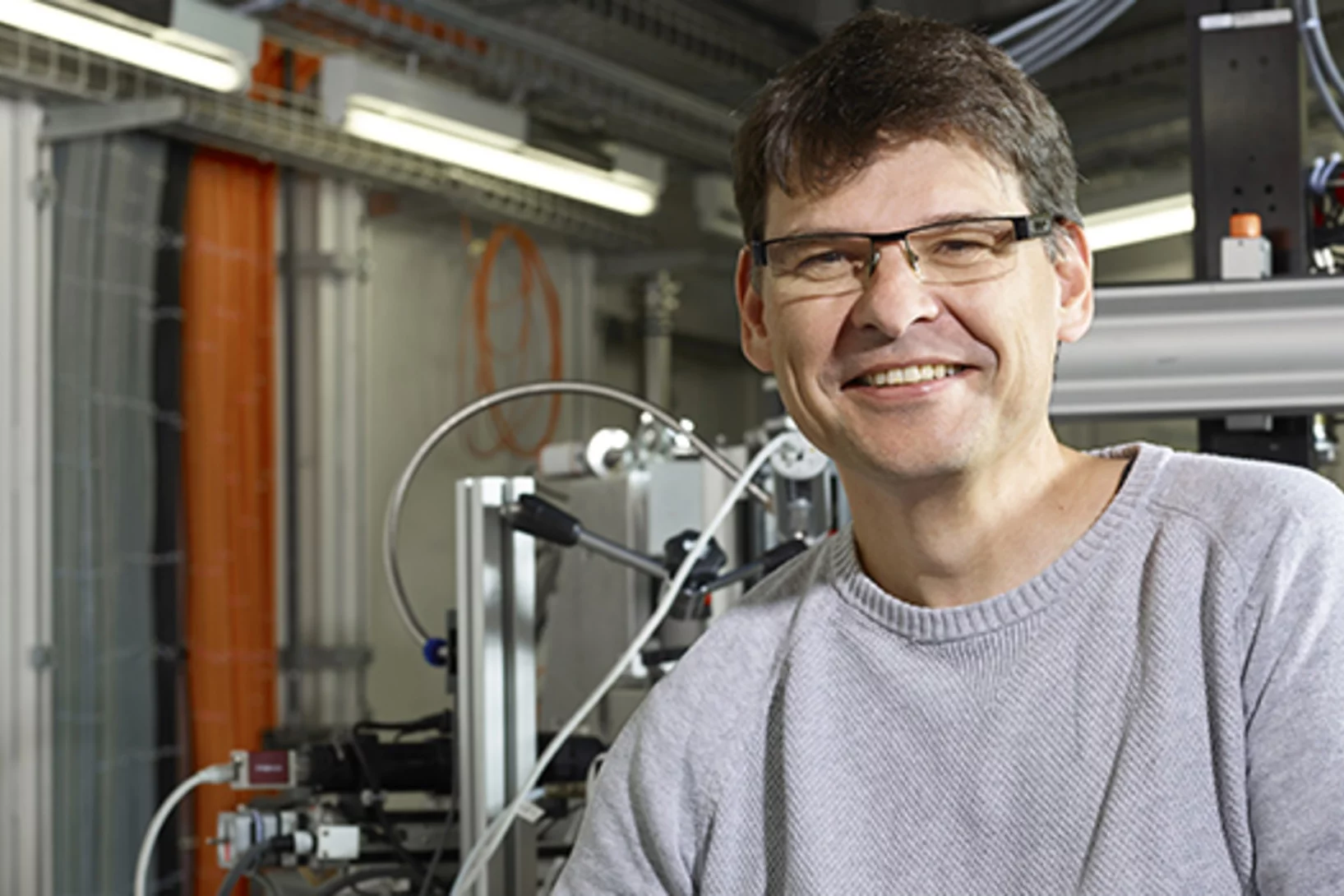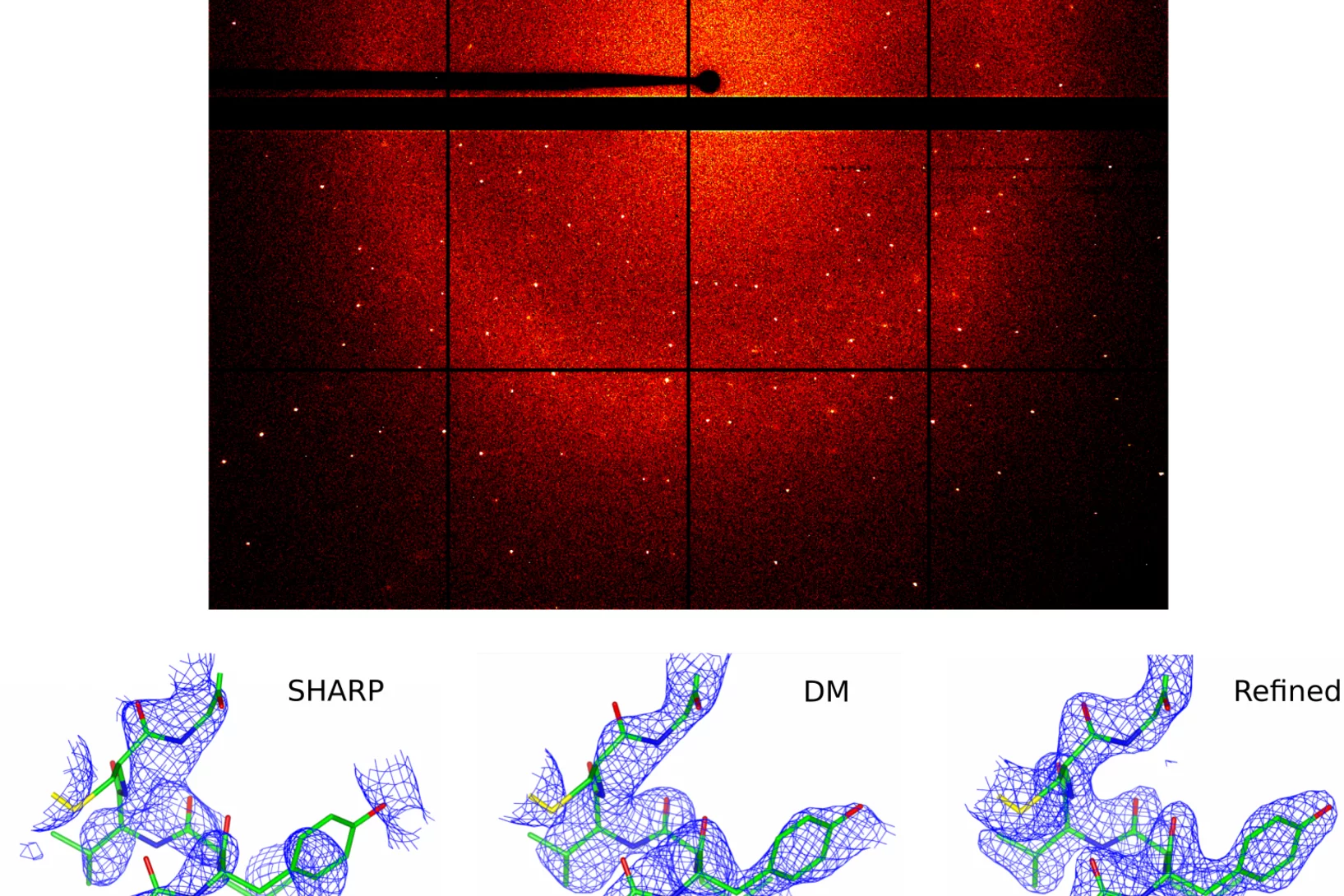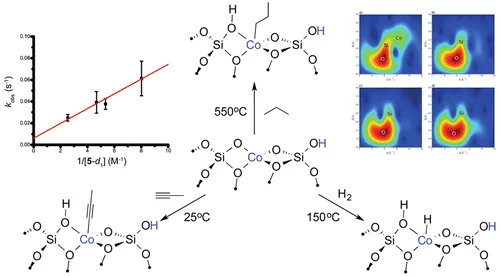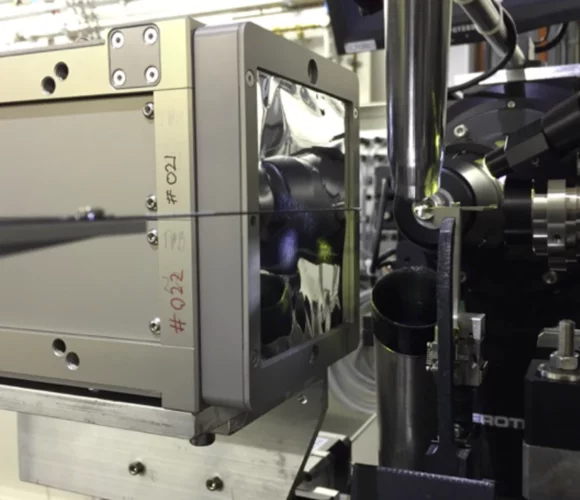A l’Institut Paul Scherrer, les scientifiques cherchent des réponses à la question essentielle des structures élémentaires de la matière et des principes fondamentaux de fonctionnement dans la nature. Ils étudient la structure et les propriétés des particules élémentaires – les plus petits composants de la matière – ou se penchent sur la question de savoir comment les molécules biologiques sont structurées et remplissent leur fonction. Les connaissances qu’ils acquièrent de la sorte ouvrent de nouvelles pistes de solution en sciences, en médecine ou dans le domaine des technologies.
Pour en savoir plus, reportez-vous à Aperçu Fondements de la nature
La chercheuse d'air
Julia Schmale, spécialiste en sciences de l'atmosphère, embarquera à bord d'une expédition maritime qui fera le tour de l'Antarctique en trois mois. Elle y cherchera l'air le plus propre qu'abrite encore notre planète.
Dans la ligne de mire des protons
Au PSI, certains chercheurs travaillent jour après jour avec la radioactivité, afin de développer des méthodes de traitement avancées destinées aux patients. Dans des conditions de sécurité particulières, ils manipulent tout naturellement un matériau qui se désintègre. C’est une course contre la montre. Pour que tout fonctionne sans accroc, un groupe de travail spécial veille sur l’infrastructure.
De retour dans la vie
Derrière l'œil de Gabi Meier, les médecins avaient découvert une tumeur qui ceignait son nerf optique. Seul le PSI offrait encore une possibilité de la traiter tout en ménageant l'œil et les structures voisines. Quelques mois après la fin de la protonthérapie, j’ai remarqué que je voyais de plus en plus. Certes, c’était toujours vague, mais je voyais! C’était sensationnel, raconte-t-elle en entretien.
Le SwissFEL a été inauguré
Aujourd’hui, 5 décembre 2016, le PSI a solennellement inauguré son nouveau grand instrument de recherche, le SwissFEL, en présence du président de la Confédération Johann Schneider-Ammann.
SwissFEL First Lasing
On Friday December 2nd at 1am SwissFEL observed for the first time FEL lasing in the undulator line. The lasing was achieved with a commission beam of low intensity, repetition rate and energy, i.e. 100pC/bunch, 1Hz and 377MeV. The 12 undulators were set to a K value of 1.2. The resulting wavelength computed from beam energy and undulator K value is 24nm. The FEL signal was observed with a Si-diode detector. The spontaneous radiation signal with uncompressed electron beam increased by a large factor when the beam was compressed from 10ps to about 1ps at constant charge and electron beam energy. By opening the undulator gaps a first FEL gain curve was measured.
Extreme optical and electronic nonlinearities in GaP induced by an ultrastrong Terahertz field
Researchers from the SwissFEL laser group have succeeded in using intense Terahertz radiation to dramatically change the optical properties of a semiconductor on a sub-cycle timescale. In their experiment the material Gallium Phosphide (GaP) was illuminated by an extremely strong THz electric field with up to 50 MV/cm in strength.
Magnetic Excitations and Electronic Interactions in Sr2CuTeO6: A Spin-1/2 Square Lattice Heisenberg Antiferromagnet
Sr2CuTeO6 presents an opportunity for exploring low-dimensional magnetism on a square lattice of S=1/2 Cu2+ ions. We employ ab initio multireference configuration interaction calculations to unravel the Cu2+ electronic structure and to evaluate exchange interactions in Sr2CuTeO6.
Pressure and temperature dependence of the laser-induced plasma plume dynamics
The influence of different background gases and substrate heating on the plasma plume dynamics from silver ablation is investigated by species selected time and space resolved imaging. The results provide a time-resolved understanding on how those process parameters affect the expansion: from a free expansion in vacuum with velocities exceeding 20'000 m/s to a very slow expansion in Ar at 1 × 10−1 mbar with arrival velocities of 280 m/s.
Simulations pour des centrales plus efficaces
Pour produire de l’électricité, le plus souvent, on chauffe de l’eau et on la transforme en vapeur. Les bulles de vapeur qui se forment alors dans l’eau jouent un rôle décisif. Des chercheurs de l’Institut Paul Scherrer ont réussi à simuler à l’ordinateur le comportement de ces bulles et à rendre ce dernier plus prévisible.
La lutte de haute précision contre le cancer a 20 ans
Le 25 novembre 1996, en première mondiale, un patient cancéreux était traité à l’Institut Paul Scherrer PSI au moyen d’un nouveau procédé d’irradiation: la technique dite Spot Scan pour faisceaux de protons. Sa particularité: le faisceau agit uniquement en profondeur, là où se trouve la tumeur; le tissu sain qui se trouve devant et derrière la tumeur, lui, est ménagé. A l’époque, cette méthode développée par des chercheurs du PSI représentait une percée dans le domaine de la radiothérapie et, en tant que produit, elle n’a pas tardé à remporter un grand succès.
Electromagnon dispersion probed by inelastic X-ray scattering in LiCrO2
Lattice vibrations (phonons) in crystals are typically weakly interacting with the electronic and magnetic degrees of freedom, such as charge and spin fluctuations. Researchers of PSI together with collaborators from EPF Lausanne, Japan and USA discovered an unexpectedly strong coupling between lattice vibrations and spin fluctuations in the quantum magnet LiCrO2. The observed magnetoelastic waves or electromagnons carry both electric and magnetic dipole moment.
Detecting and utilizing minority phases in heterogeneous catalysis
Highly active phases in carbon monoxide oxidation are known, however they are transient in nature. Here, we determined for the first time the structure of such a highly active phase on platinum nanoparticles in an actual reactor.
Intrinsic Ferromagnetism in the Diluted Magnetic Semiconductor Co:TiO2
Here we present a study of magnetism in Co0.05Ti0.95O2−δ anatase films grown by pulsed laser deposition under a variety of oxygen partial pressures and deposition rates. Energy-dispersive spectrometry and transmission electron microscopy analyses indicate that a high deposition rate leads to a homogeneous microstructure, while a very low rate or postannealing results in cobalt clustering.
Bulk superconductivity at 84 K in the strongly overdoped regime of cuprates
By means of magnetization, specific heat, and muon-spin relaxation measurements, we investigate newly synthesized high-pressure oxidized Cu0.75Mo0.25Sr2YCu2O7.54, in which overdoping is achieved up to p ˜ 0.46 hole/Cu, well beyond the Tc-p superconducting dome of cuprates, where Fermi-liquid behavior is expected.
The deuteron too poses a mystery
The deuteron — one of the simplest atomic nuclei, consisting of just one proton and one neutron — is considerably smaller than previously thought. This finding was arrived at by an international research group that carried out experiments at the Paul Scherrer Institute, PSI. The new result is consistent with a 2010 study by the same group, in which the researchers measured the proton and found a significantly smaller value than previous research using different experimental methods.
Swiss Aerosol Award 2016
Clouds, particulate matter and climate - a new study reveals surprises
Nationaler Zukunftstag 2016
Am diesjährigen Nationalen Zukunftstag konnten wir 50 interessierte Mädchen und 57 motivierte Jungs bei uns begrüssen. Einen halben Tag lang schauten sie ihren PSI-Begleitpersonen über die Schulter. Während dem anderen halben Tag konnten sie interessante Experimente im iLab-Labor durchführen oder Einblicke in folgende Berufe nehmen: Physiker/in Strukturbiologe/in Techn. Laborassistent/in Chemie-Ingenieur/in Physiklaborant/in Berechnungs-Ingenieur/in Elektroniker/in
The Smallest Magnet
Single holmium atoms adsorbed on few monolayers of magnesium oxide are extraordinarily stable magnets. They retain a significant fraction of their magnetization when the external magnetic field is switched off. This has been shown recently in a study combining x-ray magnetic circular dichroism performed at the Swiss Light Source (SLS) and at the European Synchrotron Radiation Facility (ESRF) as well as scanning tunneling microscopy. The results open perspectives of storing and processing information at ultrahigh density.
X-band prototype structure
Radio-frequency structures at X-band frequencies (~ 12 GHZ) are being considered for applications in compact Free Electron Lasers, medical linacs, a future linear collider (CLIC project) and as a diagnostic for measuring ultra-short (femtosecond) electron pulses in FELs. A first prototype of such a structure has been built at PSI employing the realization procedures that have been developed for the C-Band (6 GHz) structures of the SwissFEL linac.
New TOMCAT paper: The GigaFRoST camera and readout system
The PSI in-house developed GigaFRoST high-speed camera and readout system is available for fast imaging experiments at the TOMCAT beamline, opening up exciting new possibilities for the observation of fast dynamic phenomena with X-ray tomography.
Structure and Conductivity of Epitaxial Thin Films of In-Doped BaZrO3‑Based Proton Conductors
Epitaxial thin films of the proton-conducting perovskite BaZr0.53In0.47O3−δH0.47−2δ, grown by pulsed laser deposition, were investigated in their hydrated and dehydrated conditions through a multitechnique approach with the aim to study the structure and proton concentration depth profile and their relationship to proton conductivity.
Breaking Through the False Coincidence Barrier in Electron–Ion Coincidence Experiments
The false coincidence background has so far limited the analytical application of PEPICO, photoelectron photoion coincidence. A new photoioin rastering technique has been developed to separate the wheat from the chaff and identify true coincidences based on the ion hit time and position. This expands the dynamic range of the experiment by at least two orders of magnitude, allowing for novel applications to look for reactive intermediates and short lived species in reaction environments.
EUCALL finishes first year, bearing new technologies
The European Cluster of Advanced Laser Light sources (EUCALL), a European Union-funded project that aims to foster links between accelerator- and laser-driven X-ray facilities, has completed the first year of its three year project period. The project successfully met all twenty of its milestones for the year, producing a new open-source tool for experiment simulations and developing specifications for several pieces of new scientific equipment.
Les substances qui rendent les nuages blancs
Les nuages sont faits de minuscules gouttelettes. Celles-ci se forment lorsque l’eau se condense sur de petites particules en suspension dans l’atmosphère appelées aérosols. Pour mieux comprendre l’apparition des aérosols des chercheurs ont à présent effectué une vaste simulation numérique fondée sur des données expérimentales étendues. Or cette simulation montre qu’outre l’acide sulfurique, deux autres substances jouent un rôle décisif dans l’apparition d’aérosols: certains composés organiques et l’ammoniac. Les résultats de recherche viennent d’être publiés dans Science, la revue spécialisée renommée.
100 Hz neutron radiography at the BOA beamline using a parabolic focussing guide
The recent developments in scientific complementary metal oxide semiconductor (sCMOS) detector technology allow for imaging of relevant processes with very high temporal resolution with practically negligible readout time. However, it is neutron intensity that limits the high temporal resolution neutron imaging. In order to partially overcome the neutron intensity problem for the high temporal resolution imaging, a parabolic neutron focussing guide was utilized in the test arrangement and placed upstream the detector in such a manner that the focal point of the guide was positioned slightly behind the scintillator screen. In such a test arrangement, the neutron flux can be increased locally by about one order of magnitude, albeit with the reduced spatial resolution due to the increased divergence of the neutron beam. In a pilot test application, an in-situ titration system allowing for a remote delivery of well-defined volumes of liquids onto the sample stage was utilized. The process of droplets of water (H2O) falling into the container filled with heavy water (D2O) and the subsequent process of the interaction and mixing of the two liquids were imaged with temporal resolution of 0.01 s.
Progress in High-resolution Neutron Imaging at the Paul Scherrer Institut – The Neutron Microscope Project
The recent improvement on the capability of neutron imaging that allows acquiring neutron images with isotropic spatial resolution of about 5 micrometres is demonstrated. This is achieve by combining the tailor-made high-numerical aperture magnifying optics together with a thin isotopically-enriched 157Gd2O2S:Tb scintillator screens (see Trtik & Lehmann, NIM-A 788 (2015) 67-70). The newly achieved level of the spatial resolution represents about 30% enhancement compared to the first prototype (see Trtik et al, Physics Procedia 69 (2015) 169-176) and approximately six-fold enhancement in the spatial resolution capabilities available for the general users community at PSI before the start of the Neutron Microscope project.
Dans le microscope chimique
Entretien avec Daniel GrolimundDaniel Grolimund est responsable d’une ligne de faisceau à la Source de Lumière Suisse (SLS) du PSI. Cette ligne de faisceau permet de déterminer la répartition des liaisons chimiques dans différents objets. Une possibilité dont profitent des chercheurs de disciplines les plus diverses: spécialistes des batteries, biologistes, archéologues et bien d’autres scientifiques. Le chercheur évoque en entretien la multiplicité des thématiques étudiées à la ligne de faisceau et les défis variés dont s’accompagne cette diversité.
First protein structure solved using the JUNGFRAU detector
JUNGFRAU is a charge-integrating, two-dimensional pixel detector developed at the Paul Scherrer Institut for use at free-electron lasers, in particular SwissFEL, and synchrotron light sources. On the 10th October, the first protein crystallography experiment using the JUNGFRAU detector, was performed at the beamline X06SA (PXI) of the Swiss Light Source by the members of the Protein Crystallography and Detectors groups at PSI.
C–H Activation on Co,O Sites: Isolated Surface Sites versus Molecular Analogs
The activation and conversion of hydrocarbons is one of the most important challenges in chemistry. This work shows that isolated Co(II) sites are catalysts for a number of hydrocarbon conversion reactions, such as the dehydrogenation of propane, the hydrogenation of propene, and the trimerization of terminal alkynes. The data are consistent with all of these reactions occurring by a common mechanism, involving heterolytic C–H or H–H activation via a 1,2 addition across a Co–O bond.
First protein structure solved using the JUNGFRAU detector!
JUNGFRAU is a charge-integrating, two-dimensional pixel detector developed at the Paul Scherrer Institut for use at free-electron lasers, in particular SwissFEL, and synchrotron light sources. On the 10th October, the first protein crystallography experiment using the JUNGFRAU detector, was performed at the beamline X06SA (PXI) of the Swiss Light Source by the members of the Protein Crystallography and Detectors groups at PSI.


